When I was small, my mother used to play the piano and sing an old song to me that I never liked. She wasn’t being cruel; she genuinely liked it herself. (Some of the others she sang to me I found scary, like The Erl King, or “Erlkönig” by Johann Wolfgang von Goethe, set to music by Franz Schubert and utterly terrifying to a small child). At least this one, “I don’t want to play in your yard” is merely miserable. First published in Chicago in 1894, it told of a dispute between two children who had fallen out with one another and were no longer on speaking terms. It upset me because as a small boy I knew only too well what it was like to be out of friendship with someone I had liked and with whom I had played. One chorus (there were several) went like this:
“You can’t holler down our rain barrel,
You can’t climb our apple tree,
I don’t want to play in your yard,
If you won’t be good to me.”
(composer: H.W.Petri; lyricist: Philip Wingate. National Museum of American History)
I was reminded of this old song by the huffy response of Donald Trump to the reaction to his doomed attempt to buy Greenland from the islanders themselves and from Denmark.
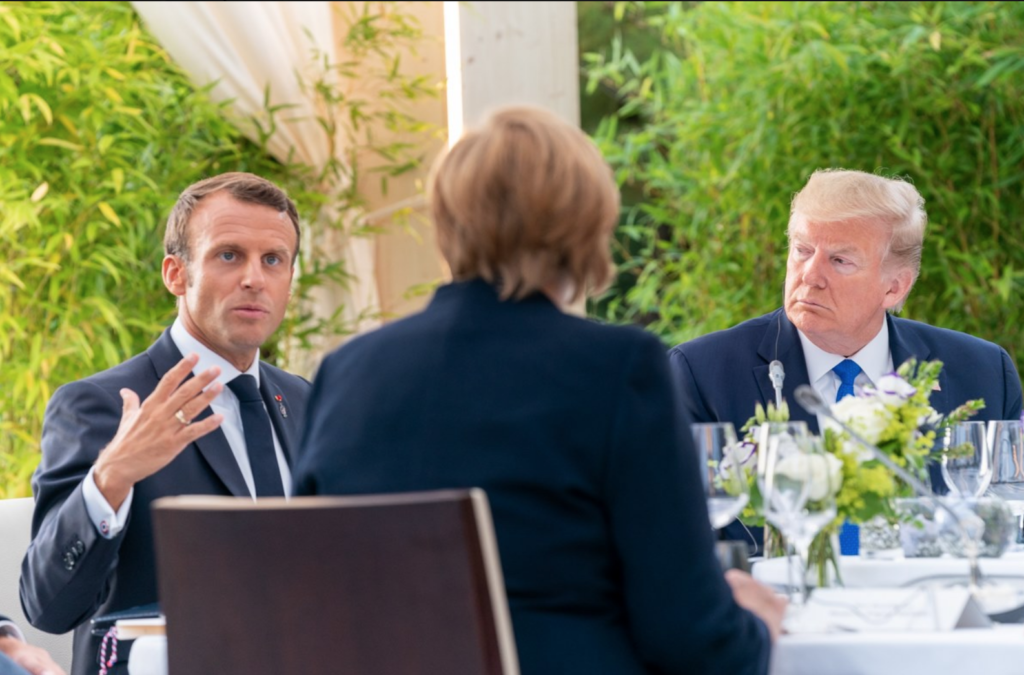
Most of the world’s media were amused, possibly even bemused, by President Donald Trump’s announcement that he wants to buy the world’s largest island. It was a bit like hearing that someone with a lot of cash had walked up to Buckingham Palace and told the Queen he wanted to buy it, complete with its occupants. Greenland clearly isn’t for sale, any more than is Buckingham Palace. Trump’s tetchiness at the reaction is, perhaps, just par for the course. But while we were all sniggering about this cack-handed bid to enlarge his country, we should take notice of the story’s more sinister side. Everyone wants a bit of the Arctic at the moment and we have global warming to blame for it.
The fact is that the retreat of the ice has exposed to potential exploitation some of the world’s richest sources of oil, gas and valuable minerals. It’s been estimated that the hitherto inaccessible Arctic holds around 13% of the world’s yet-to-be-discovered oil reserves and 30% of its natural gas, not to mention valuable minerals like rare earth metals, zinc, copper, uranium and iron. Large deposits of oil and gas have recently been discovered in the Siberian island of Sakhalin, and now some massive extraction projects are under way there, with Royal Dutch Shell heading a consortium that is building platforms, pipelines and processing plants in the area. The Arctic holds another potential advantage, too: it is becoming increasingly possible to sail from Eastern Siberia to the North Atlantic along what’s called the North Sea Route (NSR). For a cargo vessel from China, for instance, that would mean cutting ten days off the sailing time to northern Europe, compared with going via the Indian Ocean and the Suez Canal.
FROZEN CONFLICTS
Before global warming started to shrink the ice, the eight so-called Arctic nations, Canada, Denmark, Finland, Iceland, Norway, Sweden, Russia and the United States, followed a policy of co-operation. There was no real reason not to co-operate; small disputes like that between the US and Canada over the Northwest Passage got nowhere and were largely ignored, as was Russia’s claim to the underwater Lomonosov Ridge that extends to the North Pole. If it served little purpose there was no point in arguing about it. But that has now changed. Seeing the commercial and strategic implications of the retreating ice, Russia has started to build military bases and power plants along its stretch of the Arctic and Trump’s clumsy bid to buy Greenland was undoubtedly a response to that. Certainly, it’s a cause of concern in Washington. And more and more countries are trying to get in on the Arctic act.
Greenland is an interesting case study. As part of the Kingdom of Denmark, it joined the European Economic Community (EEC) in 1973 and remained a part of it until 1985. It left following a referendum in 1982 and three years of often difficult negotiations. It remains, however, associated with the EU under an Overseas Association Decision. One of the negotiators for the European Parliament over Greenland’s withdrawal was presented with a dried whale’s penis afterwards as a thank-you gift. An odd present, indeed, although some of us tapped our noses knowingly. Greenland is eligible for funding from the EU’s general budget through the EU-Greenland Partnership. For the period 2014-2020, an overall amount of €217.8-million is foreseen for cooperation projects with Greenland. The Programming Document defining the cooperation priorities for this period was signed on 28th October 2014. The education, vocational training and post-elementary school system have been chosen as the main priorities for cooperation between the EU and Greenland for the period 2014-2020. A Financing Agreement for €32.11-million for 2018-2019 to support the education sector in Greenland was signed in Brussels between the European Commission and the Government of Greenland in November, 2018.
GOOD NEIGHBOURS
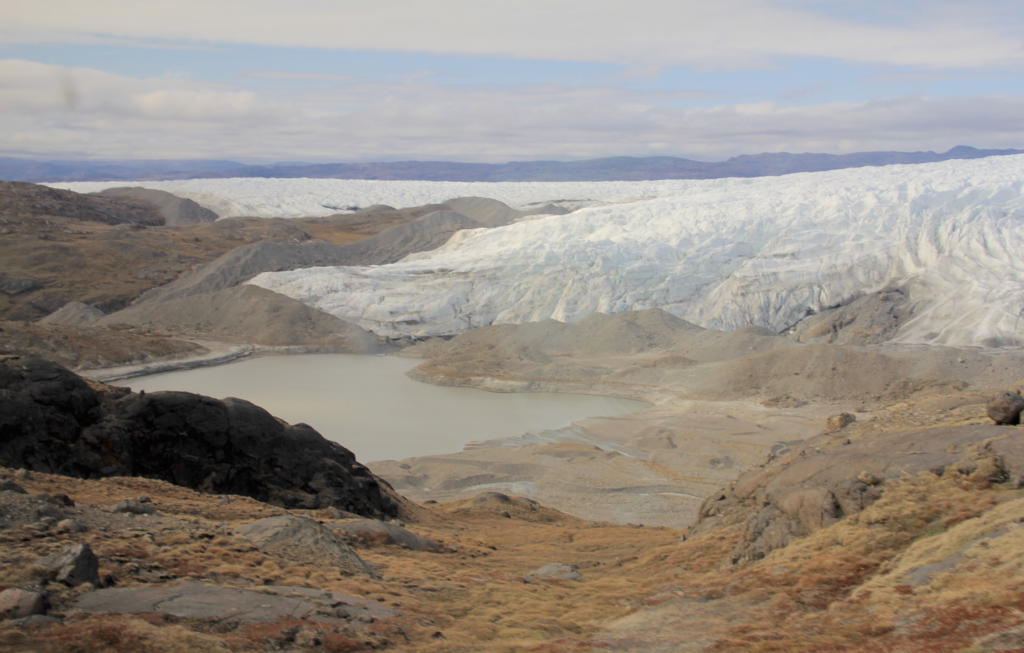
Earlier in 2018, the European Commissioner for International Co-operation and Development, Neven Mimica, held talks with Greenland’s Minister of Education, Culture, Church and Foreign Affairs, Vivian Motzfeldt, to examine the state of relations in the light of the next long-term EU budget. Under the proposed Multi-annual Financial Framework, a new Overseas Association Decision will be applied to the EU’s relations with its overseas countries and territories, of which Greenland is one. “Greenland highly values the special partnership with the EU,” Minister Motzfeldt said, “It is a political priority for the new government to further our relations. We look forward to working together to confirm and strengthen this important partnership.” It’s the sort of thing ministers say in such circumstances, of course, and the sentiment was echoed by Commissioner Mimica: “The European Union remains fully committed to continuing and further enhancing our close partnership with Greenland, as defined by our long-lasting historical, political and cultural ties. Our relations remain very strong. Greenland is our key partner in the Arctic, and supporting its sustainable development remains a high priority, as demonstrated through the increase in funding that we recently proposed for the period 2021-2027.” Perhaps the most important phrase there is: “Greenland is our key partner in the Arctic”. In a warmer world, everyone needs a partner in the Arctic. The Commissioner also spoke of an increased financial allocation for Greenland from €217.8-million to € 225-million for the period 2021-2027.
Greenland’s relationship with what was the EEC and is now the EU sounds something like that popular dance, the hokey-cokey: you take one step in, one step out, one step in and you shake it all about. So how did that happen? Greenland is part of the Kingdom of Denmark but it is autonomous. It has a population of roughly 56,700 inhabitants of whom around 88% are of Inuit origin. Its capital city is Nuuk. Denmark has two such independent territories, Greenland and the Faroe Islands, but the Faroe Islands opted for home rule in 1948 and used their independence to remain outside the EEC when Denmark joined. They have since established their own fisheries agreements with what is now the EU. Greenland was granted home rule status in 1979, six years after Denmark signed up, and in a referendum in 1982 its people voted by 53% to 47% to leave the Community, mainly because of its fisheries and their vital rôle in Greenland’s economy. The process took three years, despite Greenland never having been fully integrated, a fact that the United Kingdom’s Brexiters failed to take into account.
Greenland is not the only overseas country or territory associated with the European Union. In fact, there are twenty-five OCTs, as they’re called, spread around the globe from the Poles to the Tropics. All of them are islands and three of them are uninhabited, at least on a permanent basis. Their historic (and colonial) ties are with Denmark, France, The Netherlands and the United Kingdom. They’re all important to the politics and economics of the European Union without being a part of it, nor part of the EU’s Single Market. Their association with the EU is, according to the Treaties, “to promote the economic and social development of the countries and territories and to establish close economic relations between them and the Union as a whole”.
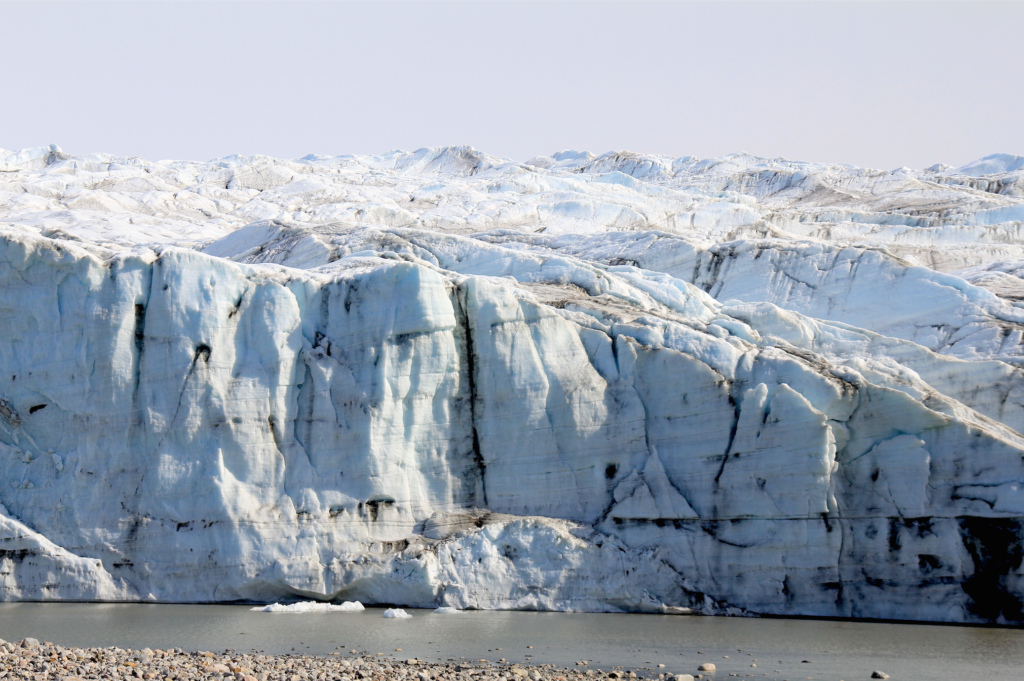
In case you’re interested, the OCT countries are: Anguilla (UK), Aruba (NL), Bermuda (UK), Bonaire (NL), British Antarctic Territory (UK)*, British Indian Ocean Territory (UK)*, British Virgin Islands (UK), Cayman Islands (UK), Curação (NL), Falkland Islands (UK), French Polynesia (FR), French Southern-and Antarctic Territories (FR)*, Greenland (DK), Montserrat (UK), New Caledonia and Dependencies (FR), Pitcairn (UK), Saba (NL), Saint Barthelemy (FR), Sint Eustatius (NL), Sint Maarten (NL), South Georgia and South Sandwich Islands (UK)*, Saint Helena, Ascension Island, Tristan da Cunha (UK), St. Pierre and Miquelon (FR), Turks and Caicos Islands (UK) and Wallis and Futuna Islands (FR). (* = no permanent population). These are not to be confused with France’s Territoires Outre Mer (TOMs). Unlike the British Overseas Territories, which are not constitutionally part of the United Kingdom or its national territory, the TOMs are integral parts of the French Republic.
Anyone who has ever visited, say, Guadeloupe or Martinique, will know that an item of mail trusted to La Poste there will arrive at its destination in Europe as quickly as if it had been posted in Lyon or Bordeaux, unlike mail posted anywhere in the United States, which can take weeks to arrive. Very efficient people, the French.
IS HE JOKING?
As for Trump’s intended purchase of Greenland, the idea was at first regarded as a joke; but it wasn’t. Denmark’s prime minister Mette Frederiksen quickly called his idea of buying the island “absurd”. A reasonable enough response, one might think – most of the media believed he wasn’t serious – but Trump promptly cancelled a state visit to Denmark planned for 2 September, accusing Ms Frederiksen of being “nasty”. But he was serious about the proposed purchase, and with reason.
The United States has retained a military presence in Greenland since World War 2, with a number of military bases scattered across the island, including a secret Cold War-era nuclear base called Camp Century. This presence has not been without controversy; almost all the old bases are abandoned in remote locations and, in the case of Camp Century, there are fears that the rapidly melting ice on which it was built will expose the environment to nuclear waste within decades, although it may not, of course.
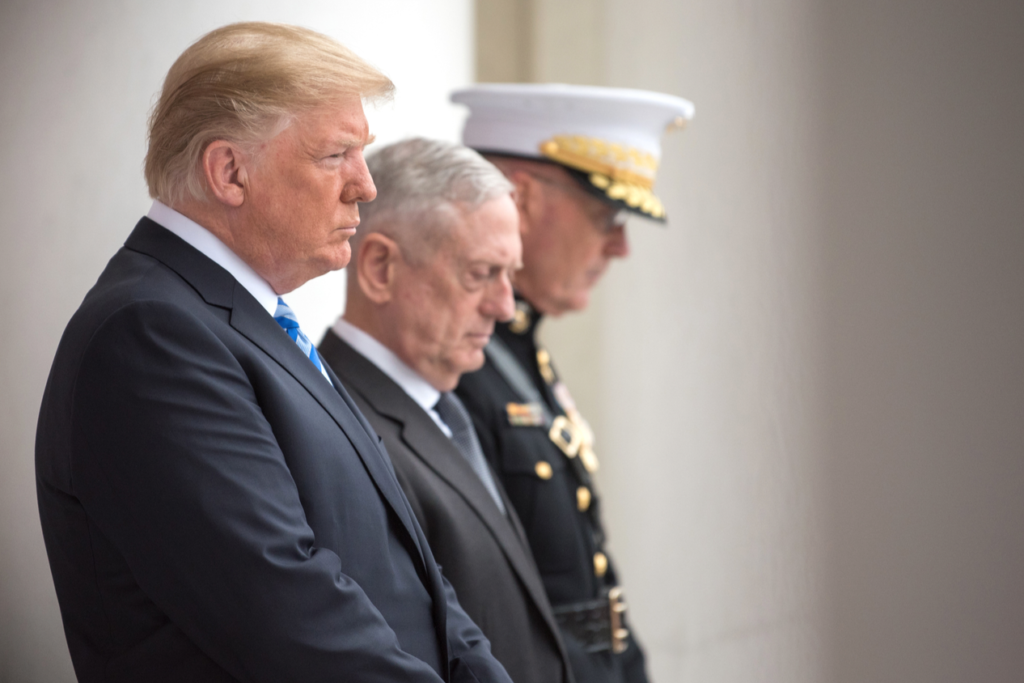
The only remaining operational base is Thule, sited at a location of strategic importance. But for Greenlanders, it is remembered for the displacement of the indigenous Inughuit community who, in 1953, were given just four days to move away in order to facilitate the expansion of the US military facilities. Danish Prime Minister Prime Minister Mette Frederiksen refuses to consider selling Greenland to the United States and it was when she used the word “absurd” that he took umbrage and decided to scrap his acceptance of an invitation from Denmark’s Queen Margrethe II to go on an official visit. He considered the word to be an insult, while apparently stating an intention to buy a large part of another country’s territory (which is not, incidentally, for sale) is perfectly acceptable, in his view.
In a slightly disturbing way, as noted by the New York Times, the episode displays a very weak grasp of world affairs by the current occupant of the White House. In the last century-but-one, purchasing land was considered normal, whatever the indigenous people living there might think. There was the Louisiana Purchase in 1803 and later the Philippine annexation in 1899. But these sorts of acquisitions date back to the days of empire and colonialism and have no part to play in modern politics. The United States exercises its considerable global power by other means. It gains access to the commodities it needs by the more normal method of trade. As the New York Times points out, “It does so with confidence, because many of its trading partners are connected to it via an intricate system of trade pacts and military alliances. Those alliances are backstopped by hundreds of American military bases around the world. The Pentagon lists 514 overseas bases, though there are surely more.” So why on earth does Trump feel he needs to buy Greenland? And why does he get shirty when he’s told he can’t have it? To that latter question, I have no sensible answer. We’re back with the “I don’t want to play in your yard,” scenario of hurt feelings and playground grouses.
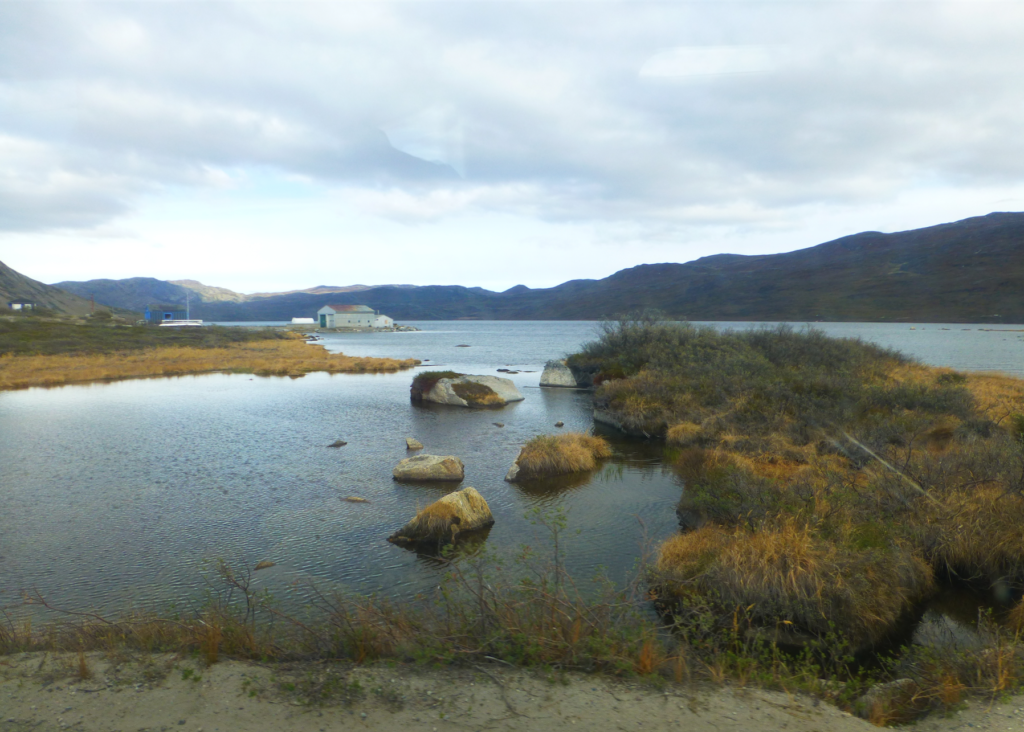
GOING ‘BANG’ FAR FROM HOME
According to the New York Times again, as far as Greenland is concerned, Trump shares the widespread lack of knowledge about the scope and nature of American influence. “The result is that most American citizens have only the vaguest sense of the extent and character of the security system that makes their country so powerful. It seems Mr. Trump can be counted among them,” the paper says. It reports Trump as saying ‘Strategically, it’s interesting,’ concluding that the United States should therefore buy it. The newspaper feels that Trump knows too little about his country’s existing relationship with Greenland. “What he misses is the fact that, strategically, the United States already has use of Greenland. After failing to acquire the territory in 1946, Washington cut a deal with Denmark that allowed it to operate bases in Greenland, the most important of which was Thule Air Base on the northwest coast,” says the New York Times, “Over the objection of the Danish government, the United States military stored nuclear weapons in Greenland and flew nuclear-armed B-52’s over the country — part of a secret airborne alert program targeting the Soviet Union. Stanley Kubrick’s 1963 film ‘Dr. Strangelove,’ filmed partly over Greenland, depicts this program.”
In 1968, a US B-52 bomber carrying four nuclear weapons crashed near Thule, hitting the ice at some 500 miles per hour. The bombs didn’t detonate but they did spread nuclear debris over a wide area. The Greenlanders, not surprisingly, saw this as a terrifying near-disaster, and a very serious and worrying incident. Not so Washington, which sees it as proof that distant foreign bases are invaluable. The US military can fly potentially hazardous loads without any risk to American citizens or property.
Denmark is, of course, a member of NATO and in 2013, Greenland lifted its ban on mining radioactive materials there. The United States can simply purchase whatever it needs. As the New York Times reported, Greenland’s foreign affairs ministry reassured Mr. Trump “We’re open for business,” in response to his talk of annexing the territory. In fact, Greenland and Denmark are so closely tied to the United States in both trade and defence terms that the bond makes them virtually inseparable anyway. It’s the cost of securing trade and maintaining bases, however, that Trump dislikes. He has threatened to pull the United States out of many existing treaties and trade agreements on the basis of their cost to the US tax payer. Though Mr. Trump celebrates American military might with parades and tanks, his 2017 budget proposed closing bases, and he has called for troops to be brought home from host countries that, he feels, pay too little towards their upkeep. Mr. Trump wants power over the world, but not presence in it, says the NYT.
LET’S SEE FOR OURSELVES
Like it or not, Trump is likely to see a significant increase in US presence, however, especially in Greenland. The tourism company Nordic Travel says a lot of Americans have been looking at holidays there since Trump said he wants to buy it. “”[T]raffic to our Greenland site increased by more than 2,800%, compared to the same date in 2018,” the travel agency said in a statement to CNN Travel. “Ongoing traffic has been up by more than 600% on last year since last Friday.” It is an extraordinary boost for an understandably nervous (and rather chilly) country. “Nordic said 69% of this week’s visits to its Greenland site have been from the US, which is a 31% increase from the 2018 equivalent weekly share of 38%.
And when the President tweeted an image of Trump Tower on Greenland, traffic spiked again. This time, it was more than 1,200% compared with last year.” Trump did put out a Tweet stating that the composite image had been a joke but with Trump no-one is ever quite sure. Another tour operator, Intrepid Travel, has also seen a dramatic change in interest from visitors eyeing its Greenland offerings, according to CNN, seeing
a 237% spike in traffic to its Greenland pages over the weekend, after the frenzy around Trump’s comments. Intrepid told CNN it did not have any firm bookings yet, but it had only just begun to offer Greenland trips in the last few weeks. Trump may not like this, being sceptical about climate change, but any of his citizens vacationing there may be able to see for themselves that it’s true. Greenland’s ice sheet recently lost 11-billion tonnes of ice in a single day. According to CNN, that’s equivalent to 4.4 million Olympic swimming pools. Maybe a bit too cold to swim in, though.
COLD WAR GETTING CHILLIER
But this is only peripherally about climate change; primarily – however clumsily Trump addressed the issue – it’s about global power and security. The New York Post pulls no punches. “Trump’s approach may be wacky but it does send a serious message to Russia and China — don’t mess with us on Greenland,” Rear Admiral Nils Wang, a former head of the Danish navy, told London’s Sunday Times. “This is a complete game-changer.” As Britain’s Guardian newspaper pointed out, this is a kind of rerun of the dash for Africa by the imperial nations in the 19th century. They could see the rich resources – a young Winston Churchill described Uganda, for instance, as “the pearl of Africa” (and it is still a stunningly beautiful and fertile country) – so today the big powers are eyeing the riches of the Arctic with a lustful gaze and wondering how best to secure their share (or more than their share) – by military might.
At least one can admire Trump for his direct approach to acquisition. In April, Norwegian fisherman apprehended a mysterious beluga whale off the arctic coast — and it was equipped with Russian surveillance equipment, according to the Times. China, too, says the New York Post, has designs on Greenland, having purchased a fleet of commercial ice-breakers to help carve out new routes for its silk trade, according to the BBC. The New York Post believes it understands the interest of China, despite it not being an Arctic power. “They’re looking for alternate routes of shipping in case they face future problems in the South China Sea or the Malacca Strait,” John Dotson, who edits the Jamestown Foundation’s China Brief, told The Post. “The Chinese are certainly showing greater interest in the potential shipping lanes through the arctic region, particularly as the climate warms and the ice is melting and those northern sea lanes are becoming more open.” Indeed, for China, as we noted earlier, the melting ice offers a faster freight route for its huge container ships.
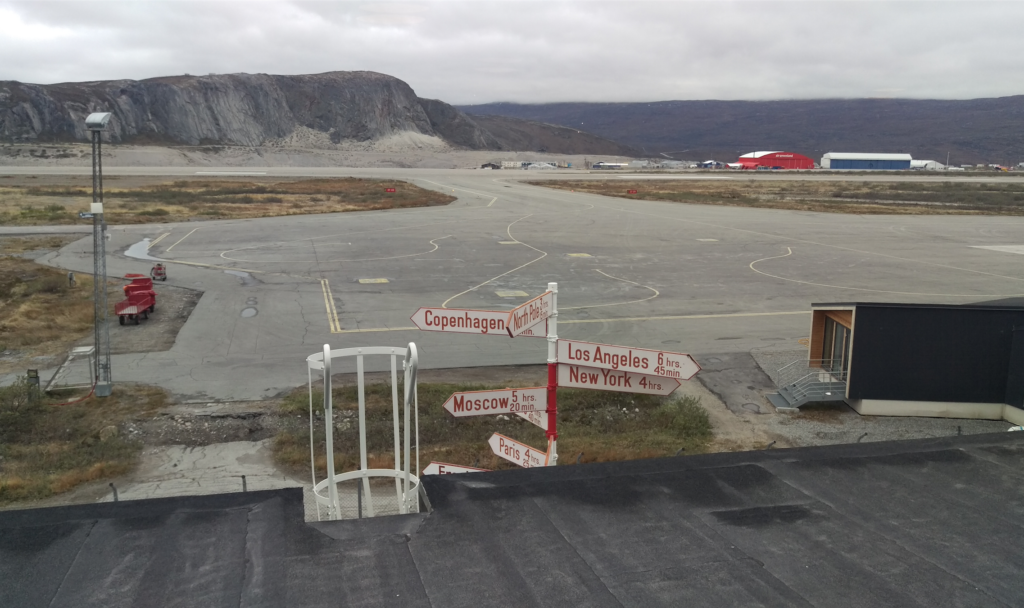
The New York Post says not all Greenlanders are appalled by Trump’s bid to buy their country out from under them. “Hopefully this whole Trump thing makes the Danes wake up and show Greenland some respect,” Hanna Jensen, a 52-year-old English teacher in Nuuk, told the Times. “A lot of Danes think everyone here is just a drunk Inuit. But now that America wants to buy us, maybe they can see there is much of value here”. And as to any lingering bad feelings over the ill-tempered exchanges when Trump first suggested the purchase, well, they have subsided, says the Post. “Mette Frederiksen and Trump patched things up, Trump revealed. ‘She called me, a wonderful woman, we had a great conversation, we have a very good relationship with Denmark, and we agreed to speak later,’ he said of their conversation. ‘But she was very nice. She put a call in, and I appreciated it very much.’” The State Department has now declared it will reopen its consulate in Nuuk for the first time in decades. The US opened a consulate there in 1940 in response to the Nazi takeover of Denmark, but closed it again in 1953. Greenland may not be for sale but it still holds promise for Washington, it seems. In a letter sent to Congress and seen by the Associated Press, the State Department says that the US has a “strategic interest in enhancing political, economic and commercial relationships across the Arctic region”, according to Britain’s Independent. It said a permanent US presence would allow it to “protect essential equities in Greenland while developing deeper relationships with Greenlandic officials and society”, and said the consulate would be “a critical component of our efforts to increase US presence in the Arctic and would serve as an effective platform to advance US interests in Greenland”. Trump is not the first US president to try to buy Greenland; it was revealed in 1991 that Harry S. Truman, US president from 1945 to 1953, had secretly offered to buy Greenland, although he too was turned down.
THE FROZEN ISLAND EVERYONE WANTS
So, what about Greenland itself? What makes it so special? It is, in many ways, more closely linked historically to the American continent than to Europe. Its first settlers, in around 2,500 BCE, are thought to have been from northern Canada but their descendants died out, as did the descendants of subsequent waves of settlers, also from the American landmass. Europeans knew nothing about the place until Icelandic Vikings landed on the south-western coast of the island in the 10th century, apparently finding it uninhabited. They were led by Eric the Red, who had been exiled from Iceland for manslaughter, accompanied by his family, servants and slaves. The ancestors of the Inuit people who make up the majority today are believed to have come from north-western Greenland in around 1200. They survived the “Little Ice Age”, from around 1300 to the mid-19th century, but the Norse settlers either died out or moved away. The rulers of both Denmark and Norway were unaware that they had gone and continued to claim the island as their territory. During the Second World War, after the German invasion of Denmark, the Greenlanders increasingly turned towards the United States and Canada.
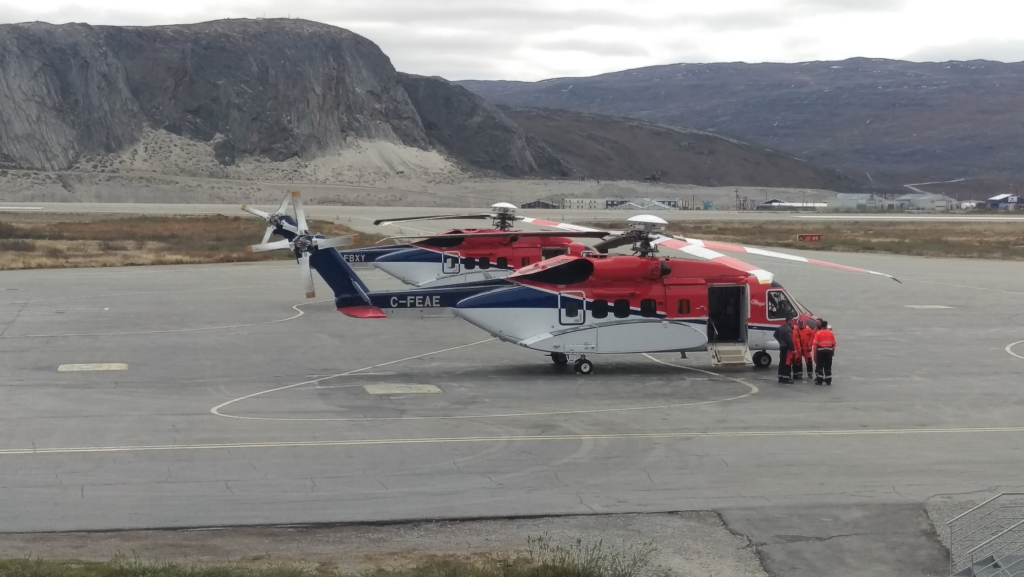
There are certainly voices within Greenland urging the country (and Denmark) not to be too hasty in rebuffing Trump’s advances. They see closer ties as a possible counter to Russia, with its growing military bases, and to China, which announced plans to finance and build three airports on Greenland. The idea was shelved after Denmark agreed to provide low-cost loans for the projects. A former official in another Republican administration, told the Politico website, that the Greenland purchase is a serious geopolitical issue for Washington. “Trump’s been asking his government for some matter of months what can we do to make sure that China doesn’t get Greenland,” said the former official, who has experience in the Arctic. “When China did that, I think that put it on the radar screen of the president.” Both the Pentagon and the State Department have expressed alarm about China’s growing interest in the Arctic, and have grappled to various degrees with policies designed to reassert an American presence in the region, Politico said. Part of the president’s rationale for offering to buy Greenland is that US businesses could profit from the island. Wall Street is certainly keen on the idea of much closer ties, and Wall Street very much has the ear of the President. While American companies would need to invest quite a bit up front, it may take a while before investors see a return on investment. “It will be very profitable,” said Walter Berbrick, founding director of the Arctic Studies Group at the U.S. Naval War College in Newport, Rhode Island.
Greenland, known to its native inhabitants as Kalaallit Nunaat, is not only the world’s largest island (Australia and Antarctica are seen as continental landmasses) but 75% of it is permanently covered by ice, leaving only its south-western fringes as wholly inhabitable. It is the only permanent ice sheet outside Antarctica. At 2.166-million square kilometres, it is the least densely populated country in the world. In 2008, Greenland assumed more power from the Danish government when Greenlanders voted for the Self-Government Act, which transferred power to the Greenland government. Under the new arrangement, Greenland will gradually assume responsibility for policing, the judicial system, company law, accounting, and auditing; mineral resource activities; aviation; law of legal capacity, family law and succession law; aliens and border controls; the working environment; and financial regulation and supervision. Denmark retains control of foreign affairs and defence.
The Greenlanders, with their own language, their own culture and with increasing power over the governance of their island, seem unlikely to want hegemony with the United States, especially if it means having Washington in charge. After all, they preferred the freedom to decide fisheries policy to being inside the European Economic Community. It would take a lot to get them to accept the suzerainty of another nation. The somewhat sniffy imperialist words of the hymn “From Greenland’s Icy Mountains” contains the lines:
“They call us to deliver
Their land from error’s chain.”
But nobody in Greenland thinks they’re in error, nor are they in chains, and they’re not about to become pawns in a struggle for arctic dominance among the big powers: the United States, Russia and China. The frozen wastes may be thawing but relations among the three superpowers are not and nobody in Greenland wants frostbite as a result. But neither do they want Trump to say to their government:
“I don’t want to play in your yard,
If you won’t be good to me.”
T. Kingsley Brooks


